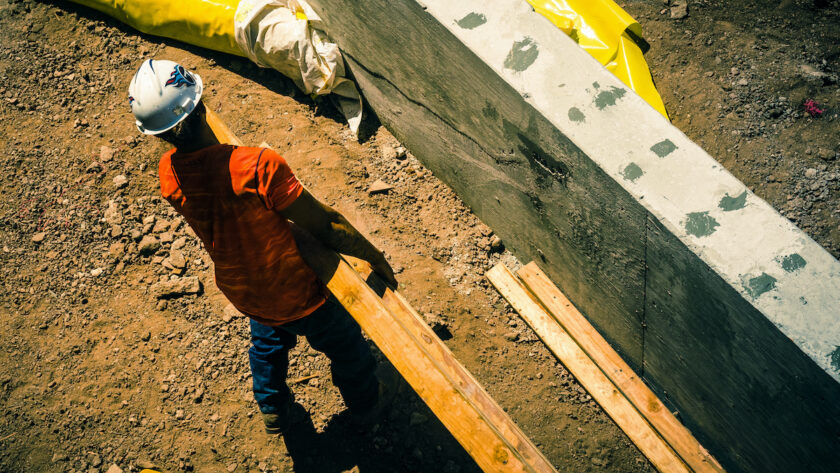New research from the US has laid out a framework in which the carbon emissions associated with building materials can be cut by nearly half – and in a cost-effective way.
A report by RMI – Reducing Embodied Carbon in Buildings – uses case studies conducted by Skanska, a construction and development company headquartered on the US West Coast, with US revenues of $6.5 billion last year. The report focuses on some of the most prevalent building construction types in the US today.
Buildings account for at least 39 per cent of energy-related global carbon emissions, and a quarter of these emissions result from embodied carbon – the emissions associated with building materials and construction. RMI says that while solutions for reducing these emissions exist, they have not been widely studied, leading to significant knowledge gaps among construction industry professionals, policymakers and building owners.
RMI is an independent nonprofit founded in 1982 to transform global energy systems through market-driven solutions to align with a 1.5°C future. The organisation, with offices in Colorado, New York City, Oakland, Washington DC, and Beijing – engages with businesses, policymakers, communities, and NGOs to identify and scale energy system interventions that will cut greenhouse gas emissions at least 50 per cent by 2030.
In a second report, RMI lays out specific opportunities for reducing the embodied carbon of concrete, a nearly ubiquitous material with a sizable climate impact. The Concrete Solutions Guide expands on the need to optimise concrete mixes to reduce overall embodied carbon in buildings, which can achieve up to a 33-per-cent reduction in the concrete, at little or no additional cost.
“The upfront carbon that is produced when we make materials has an immediate impact on our climate,” said Victor Olgyay, AIA, principal with the RMI Carbon-Free Buildings Program.
“With the release of Reducing Embodied Carbon in Buildings and Concrete Solutions Guide, we demonstrate how engineers, architects and policymakers can easily reduce this upfront carbon impact at low to no additional capital cost. This embodied carbon information is especially critical to apply now, in this decisive decade of climate concern.”
Olgay says that by implementing the practices outlined in the report, building owners can be better prepared for future code or policy changes that incentivise or require low embodied carbon.
Such changes might come in the form of a carbon tax, procurement policies, building-code requirements or other regulatory mechanisms. These benefits are in addition to helping improve air quality and public health in communities located close to industrial centres.
“How we make things has a significant impact on climate change. The production of steel and cement alone account for approximately 5 and 7 per cent of global emissions, respectively,” said Mike Boots, executive VP at Breakthrough Energy.
“Leveraging Skanska’s expertise and robust set of real project data, we were able to show that lowering embodied carbon is absolutely possible with minimal cost impacts,” said Skanska’s Mark Chen, senior sustainability engineer in Seattle.
“The industry has the knowledge, technology and data with the use of the EC3 tool to drive lower-embodied-carbon solutions, we just need to go out and act on it.”
- Main image: @spacehalide via Twenty20.



